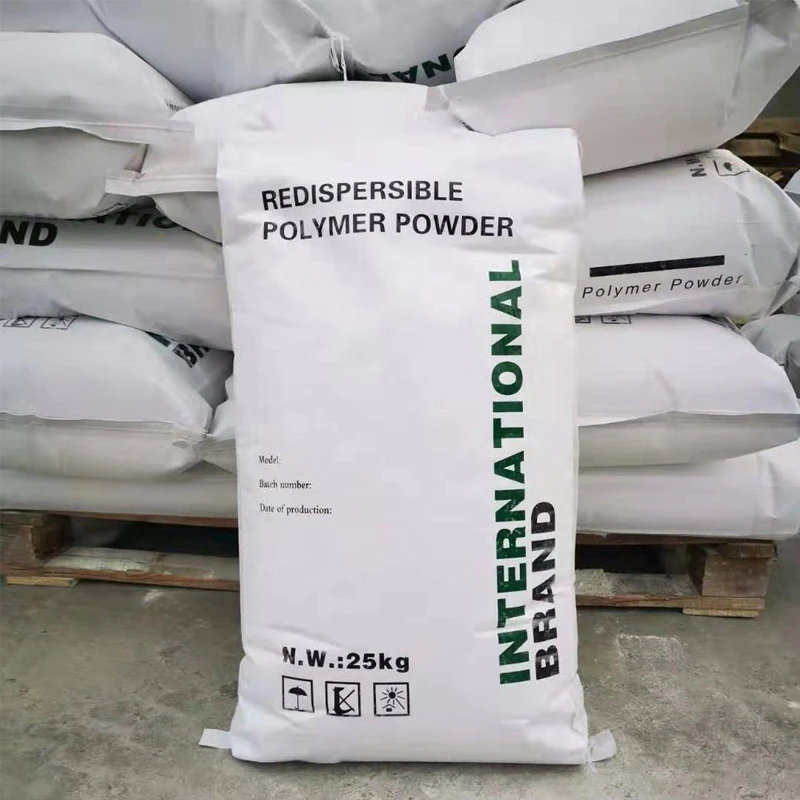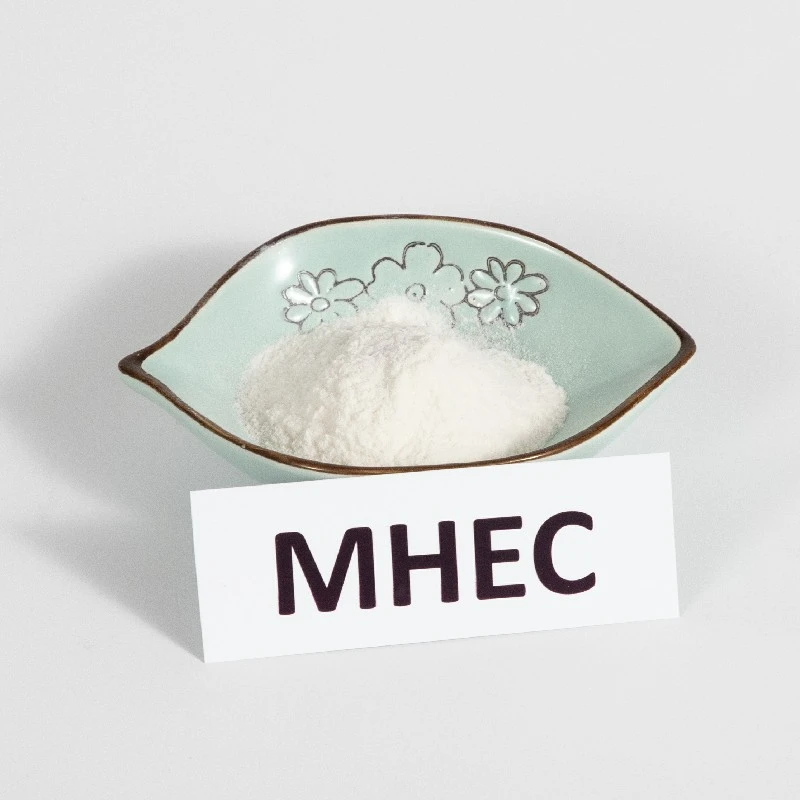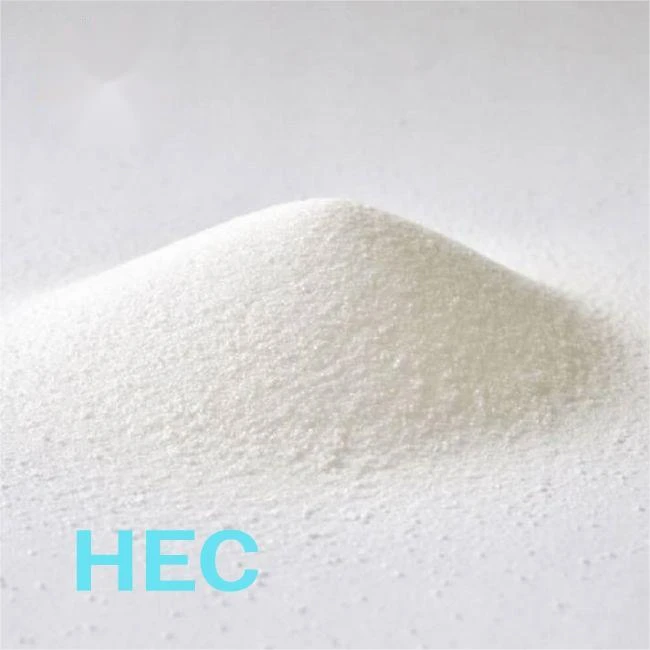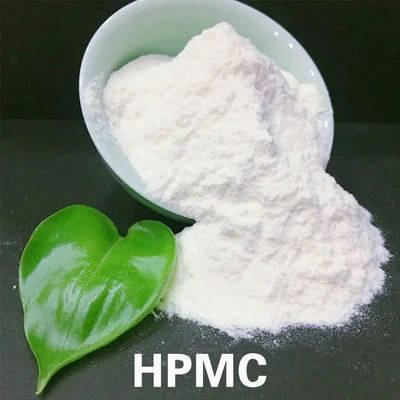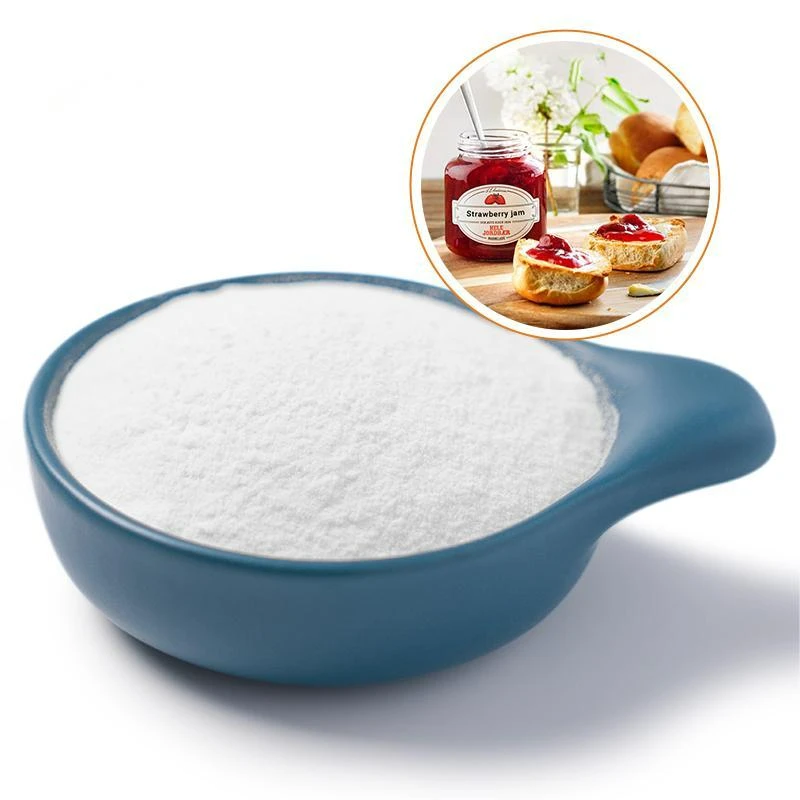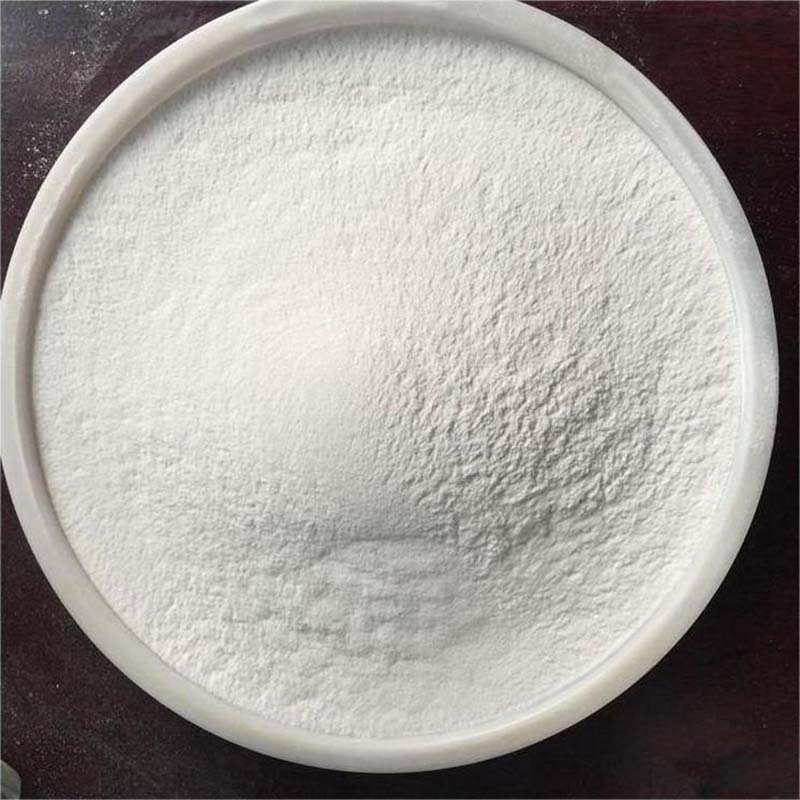The Diverse Applications of PVA in Construction and Crafts
In the realms of construction, home improvement, and various crafting endeavors, Polyvinyl Alcohol (PVA) has emerged as a versatile and indispensable material. With its wide - ranging applications denoted by keywords such as pva for painting, pva for plastering walls, pva for rendering, pva for tiling, and pva for wood, PVA offers unique benefits that enhance the performance and durability of different projects.
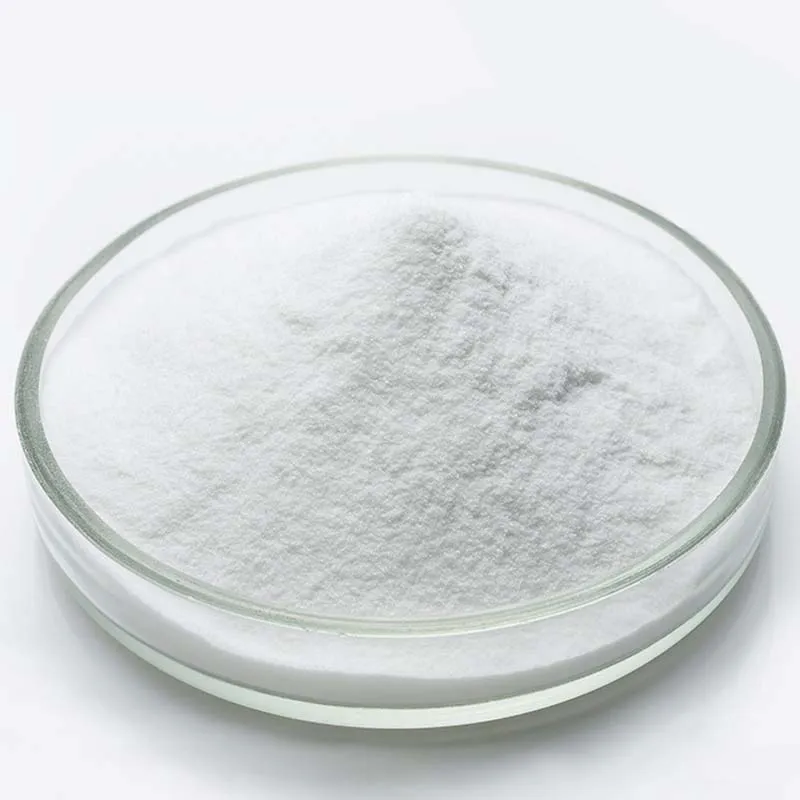
PVA's Role in Transforming Painting Projects
When it comes to pva for painting, PVA serves multiple crucial functions. In water - based paints, PVA acts as a binder, holding the pigment particles together and ensuring they adhere firmly to the surface being painted. This results in a more even and long - lasting paint finish. PVA also improves the paint's film - forming properties, creating a smooth, continuous layer that protects the underlying surface from moisture, dust, and other environmental factors.
For priming surfaces before painting, PVA can be diluted and applied as a primer. It helps to seal porous surfaces such as wood, concrete, or drywall, preventing the paint from being absorbed too quickly and ensuring better coverage. By filling in the small pores and crevices, PVA - based primers create a more uniform surface, reducing the likelihood of paint blotches or unevenness. Additionally, PVA primers can enhance the adhesion of topcoats, allowing the paint to bond more effectively with the surface and increasing the overall durability of the painted finish.
PVA as an Essential Aid in Plastering Walls
In the context of pva for plastering walls, PVA plays a vital role in improving the quality and longevity of the plastering process. Before applying plaster, a diluted PVA solution is often brushed onto the wall surface. This acts as a bonding agent, helping the plaster adhere to the wall more securely. Without PVA, the plaster may not bond properly to the wall, leading to issues such as cracking, peeling, or hollow spots over time.
PVA also helps to control the rate of water absorption from the plaster mix by the wall. This is important because if the wall absorbs water too quickly, the plaster may dry prematurely, resulting in a weak and brittle finish. By creating a thin, moisture - resistant layer, PVA allows the plaster to dry at a more controlled rate, enabling it to set properly and develop its full strength. Moreover, PVA - treated surfaces can reduce the amount of dust and debris that the plaster picks up during application, contributing to a cleaner and more professional - looking finish.
PVA's Contribution to Rendering Work
When it comes to pva for rendering, PVA offers similar advantages as in plastering but is specifically tailored to the unique requirements of rendering. Rendering is the process of applying a decorative and protective coating to the exterior of buildings, and PVA helps to ensure that the render adheres well and withstands the elements.
Similar to plastering, a PVA - based primer is applied to the substrate before the render is applied. This primes the surface, making it more receptive to the render and promoting a strong bond. PVA also enhances the workability of the render mix. It can make the render easier to spread and smooth, allowing for a more even and aesthetically pleasing finish. Additionally, PVA - treated surfaces can improve the weather resistance of the render. By reducing water penetration and protecting against freeze - thaw cycles, PVA helps to prevent the render from cracking, flaking, or deteriorating over time, ensuring the long - term integrity of the building's exterior.
PVA's Importance in Tiling Projects
For pva for tiling, PVA serves as a key component in both the preparation of the substrate and the tile adhesive. Before laying tiles, a PVA solution is often used to prime the surface, whether it's a floor or a wall. This helps to clean the surface, remove any dust or loose particles, and create a more suitable base for the tile adhesive. A primed surface with PVA ensures better adhesion of the adhesive, reducing the risk of tiles coming loose or developing 空鼓 s.
In tile adhesive formulations, PVA can be added to improve the adhesive's properties. It increases the bond strength between the adhesive and the tiles as well as the substrate, providing a more secure and durable installation. PVA also enhances the flexibility of the adhesive, allowing it to accommodate minor movements and vibrations without cracking or breaking the bond. This is especially important in areas subject to temperature changes or foot traffic, such as floors, where the ability of the adhesive to flex is crucial for the long - term stability of the tiling.
PVA's Utility in Woodworking and Wood - Related Projects
Pva for wood has numerous applications in woodworking and projects involving wooden materials. As a glue, PVA - based wood adhesives are widely used due to their strong bonding capabilities. They can join pieces of wood together securely, creating joints that are both durable and reliable. PVA wood glue dries clear, making it suitable for projects where the appearance of the joint matters, such as in furniture making or decorative woodworking.
PVA can also be used as a wood sealer or primer. When applied to raw wood, it penetrates the pores of the wood, sealing it and preventing moisture from entering. This is important for protecting wood from rot, warping, and other forms of damage caused by moisture. Additionally, a PVA - sealed wood surface provides a better base for paints, stains, and varnishes, allowing these finishes to adhere more evenly and last longer. PVA can also be used to strengthen weak or damaged wood by soaking into the wood fibers and hardening them, extending the lifespan of wooden objects.
FAQs about PVA Applications
How to Select the Right PVA Product for Different Projects
When choosing a PVA product, consider the specific requirements of your project. For painting, look for PVA - based products designed as paint binders or primers, ensuring they are compatible with the type of paint you plan to use. For plastering, rendering, and tiling, select PVA primers or additives that are formulated for those specific applications, as they may have different properties to enhance adhesion and workability. In woodworking, choose PVA wood glue with the appropriate strength and drying time for your project. Read product labels and consult with experts or suppliers to make an informed decision.
Proper Mixing and Dilution of PVA for Different Uses
The mixing and dilution of PVA vary depending on the application. For priming surfaces, PVA is usually diluted with water according to the manufacturer's instructions, typically in ratios ranging from 1:1 to 1:5 (PVA to water). For use in tile adhesives or paint binders, the PVA may be added in specific measured amounts as part of the formulation. Always mix PVA thoroughly to ensure an even consistency. When diluting, add the PVA slowly to the water while stirring continuously to prevent clumping. Follow the recommended mixing and dilution guidelines to achieve the best results for your project.
Storage and Shelf - Life of PVA Products
PVA products should be stored in a cool, dry place, away from direct sunlight and extreme temperatures. Exposure to heat or moisture can cause the PVA to degrade or spoil. Most PVA - based glues, primers, and additives have a shelf - life of several months to a few years when stored properly. Check the product packaging for the expiration date and storage instructions. Once opened, tightly seal the container to prevent air and moisture from entering, which can affect the quality and performance of the PVA over time.
Can PVA Be Used on All Types of Surfaces?
While PVA is versatile, it may not be suitable for all surfaces. It works well on porous surfaces such as wood, concrete, drywall, and plaster, as it can penetrate and create a strong bond. However, on non - porous surfaces like glass, metal, or some plastics, PVA may not adhere effectively without proper surface preparation, such as sanding or using a specific primer designed for those materials. Always test PVA on a small, inconspicuous area of the surface first to ensure compatibility and adhesion before applying it to the entire surface.
Safety Precautions When Using PVA
When using PVA, wear appropriate protective gear such as gloves and safety glasses, especially when handling concentrated PVA solutions or when applying PVA in a spray form. Avoid contact with eyes and skin, and if accidental contact occurs, rinse thoroughly with water. PVA is generally non - toxic, but ingestion should be avoided. Keep PVA products out of reach of children and pets. When using PVA - based glues, work in a well - ventilated area to avoid inhaling fumes, especially during the drying process.
-
The Role of Methyl Ethyl Hydroxyethyl Cellulose in Tile AdhesivesNewsAug.11,2025
-
The Future of Digital Textile Printing with Advanced Paste TechnologiesNewsAug.11,2025
-
The Chemical Modification Process of Carboxymethyl Cellulose from CelluloseNewsAug.11,2025
-
Hydroxypropyl Starch Versus Native Starch Key Differences and BenefitsNewsAug.11,2025
-
Comparing Celulosa HPMC with Other Cellulose Ether DerivativesNewsAug.11,2025
-
Chemical Composition and Structure of VAE Redispersible PowderNewsAug.11,2025

